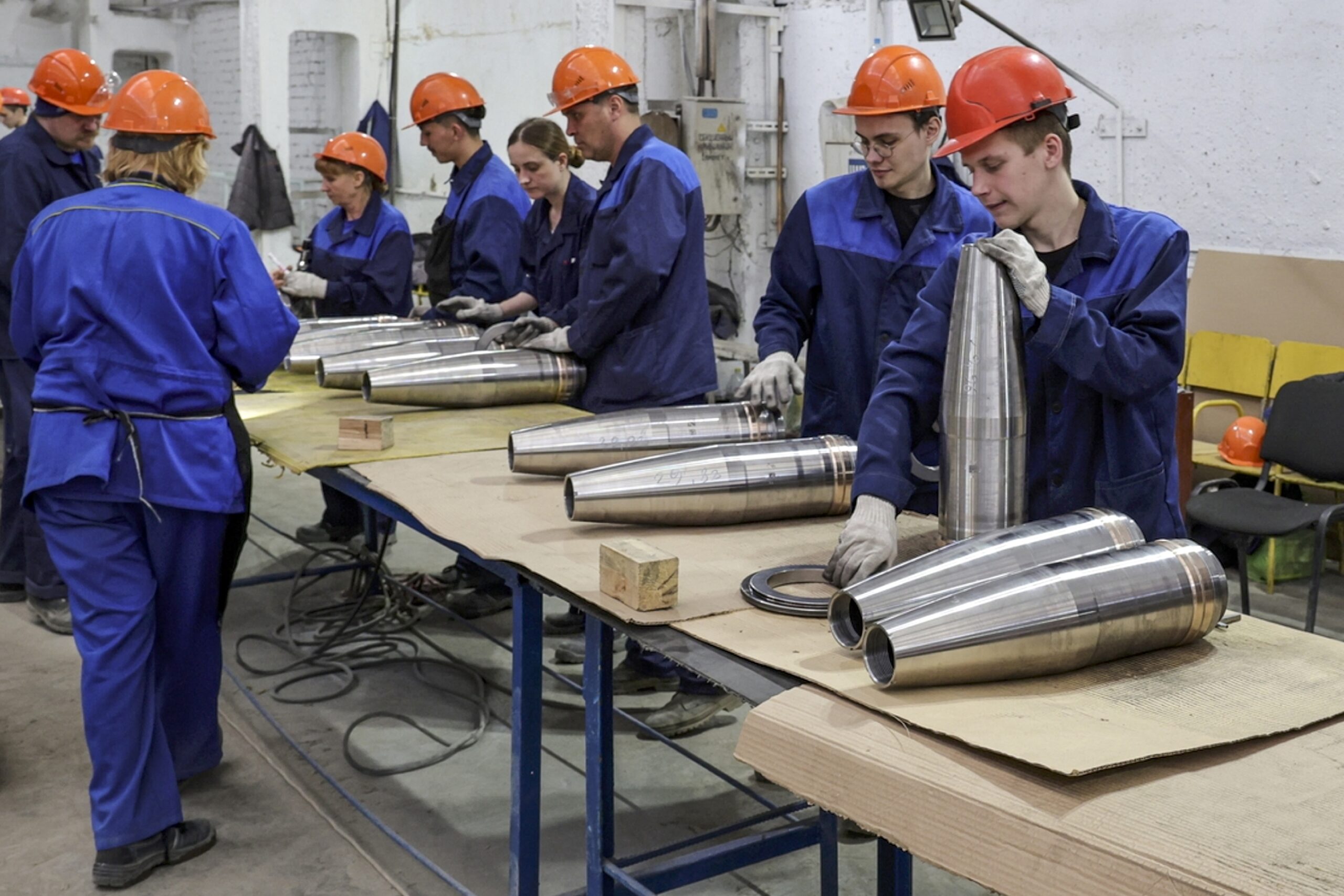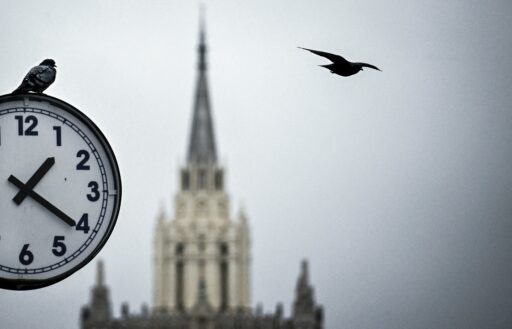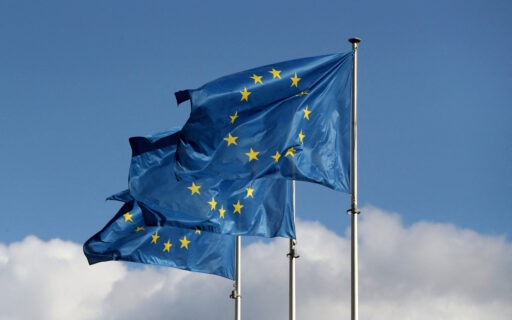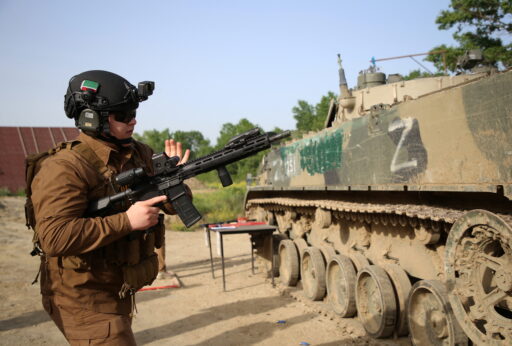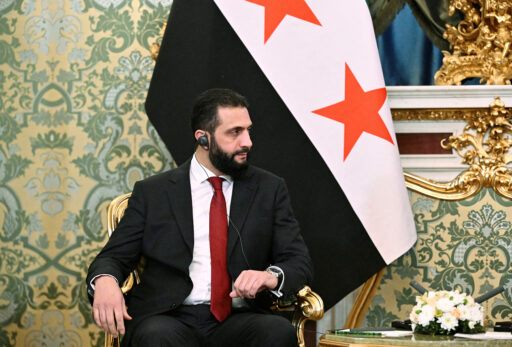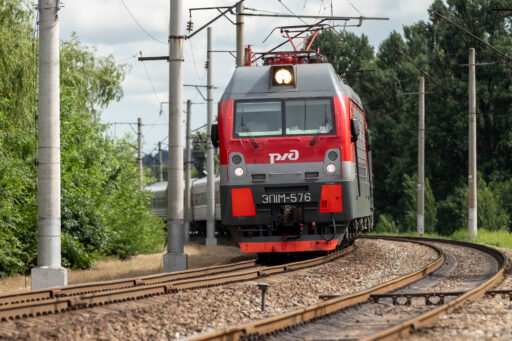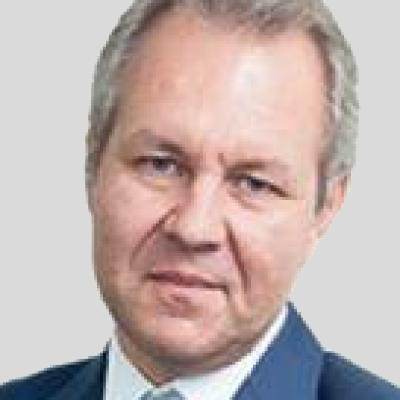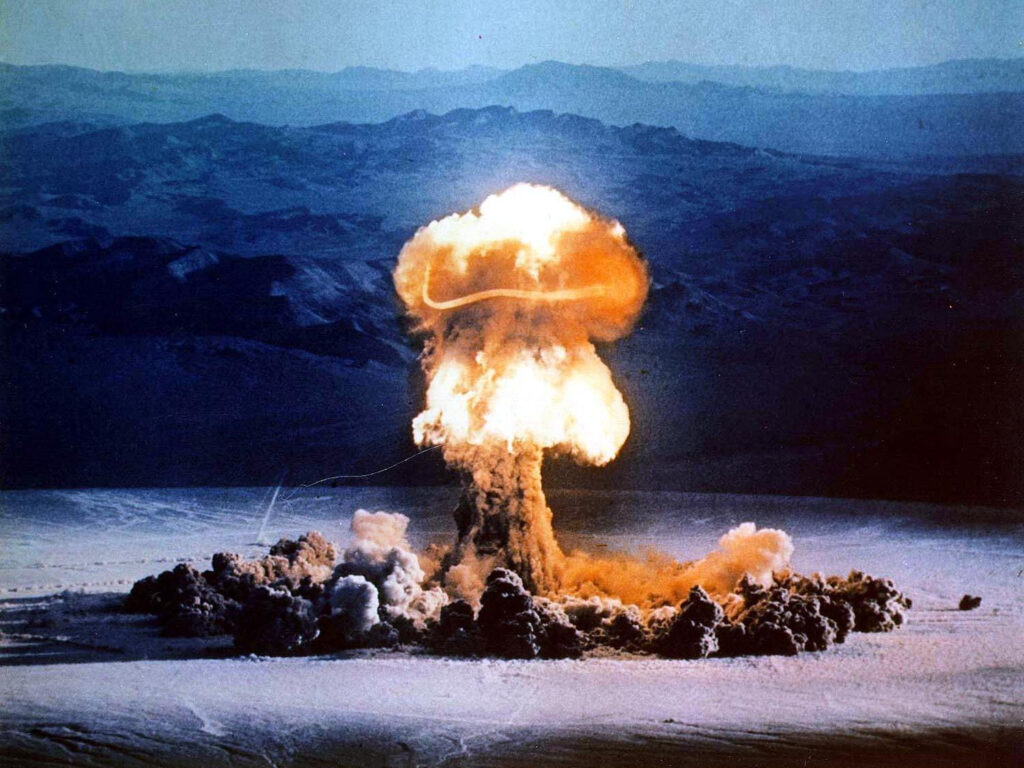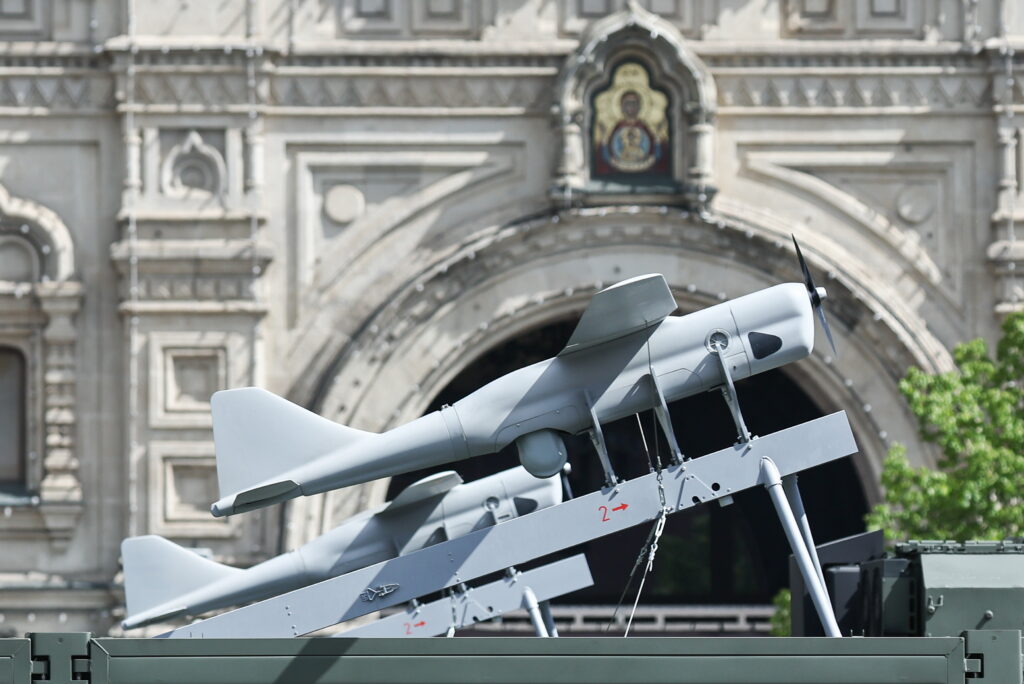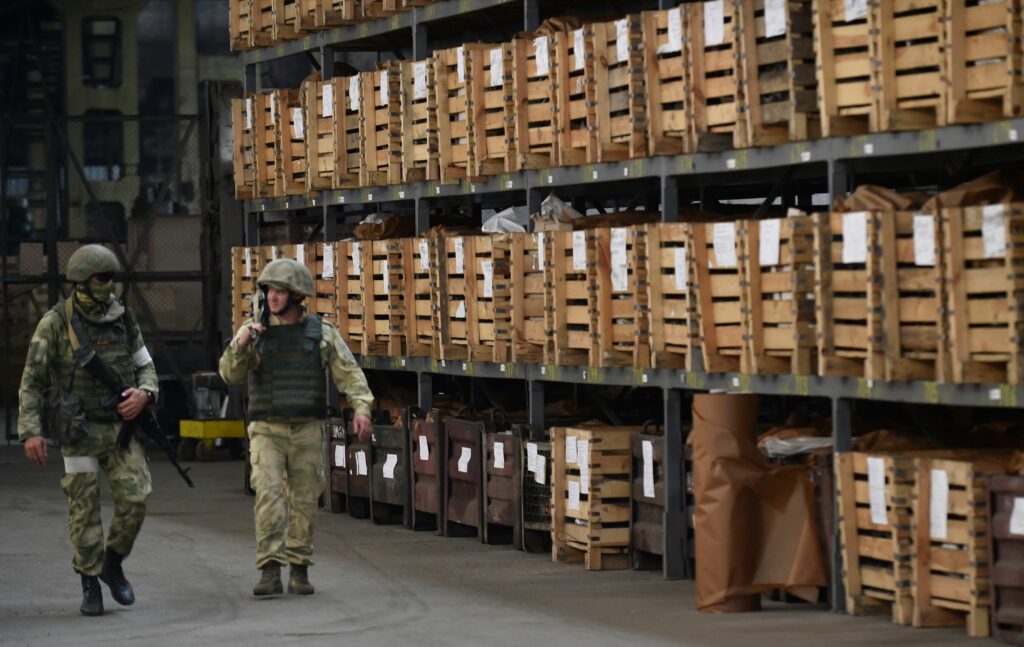Recent events—fading hopes for a quick ceasefire in Ukraine, a rapid slowdown of the Russian economy, and a sharp drop in oil prices amid Donald Trump’s «tariff wars» and OPEC’s decision to increase production—have raised doubts about the Kremlin’s ability to continue funding its military ventures at current levels.
The Kremlin initially did not anticipate such a costly operation. In 2022, it was envisioned as a blitzkrieg with minimal expenses, but by autumn, the salaries of contract soldiers had to be drastically increased (by 4.2−4.4 times compared to peacetime). In September 2023, the Ministry of Finance planned to cut defense spending for 2025, but the final 2025−2027 budget saw a 59% increase compared to the 2024−2026 projections. Moreover, it was hard to foresee that the occupation of Ukraine and the destruction of its statehood would so consume Vladimir Putin that he would reject any serious compromises. Economic arguments no longer influence his decisions. Finally, it was difficult to predict that fiscal management would boost federal budget revenues from 27.8 trillion rubles in 2022 to 38.5 trillion in 2025 (similar increase took 8 years from 2012 to 2020). In short, the war has proven far more expensive than anticipated—but, paradoxically, not as unsustainable as it might seem.
Can Russia afford to keep fighting, and how long can it last? This question has been asked since the war’s outset, often with incorrect answers pointing to a moment when the system would «collapse.» The author of this article and his colleagues argued last year that Russia’s economy could indefinitely fund a war of this intensity. Despite recent events fueling renewed talk of an imminent collapse, this view holds, with clarifications.
First, military spending in 2025 will likely reach its real-term ceiling. From 2022−2025, it grew 3.79 times (31.3%, 36.8%, 62.2%, and 29.9% annually) against 35.2% cumulative inflation. In 2026, nominal growth may continue but will likely fall below official inflation rates, or there may be no nominal growth at all. This is unsurprising: the war has become positional, drones and cheaper combat tools are increasingly used, contract soldiers’ incomes are stagnant, and inflated regional enlistment bonuses are declining. The Kremlin’s goal is to capture the four Ukrainian regions «annexed» to Russia, after which diplomacy may take over. This suggests military spending growth could halt, a baseline scenario for 2026−2028, though significant cuts are unlikely as investments in defense industries continue and existing capacities remain utilized, as Putin has openly stated.
Second, 2025−2026 will be pivotal for Russia’s economy, as military spending’s role as a growth driver is nearly exhausted. The liquid portion of the National Wealth Fund (3.27 trillion rubles) may be depleted by year-end to cover a projected 3.79 trillion ruble deficit, especially at current oil prices. Economic growth in 2022−2024 was fueled by spending previously saved reserves, a tactic no longer viable. The Central Bank’s 21% interest rate has driven 21.1 trillion rubles into deposits since mid-2023, curbing consumption and stalling civilian sectors, which may see mild contraction or stagnation in 2025. Increased state spending no longer delivers the multiplier effect it did early in the war. The so-called «deathonomics» has lost its role as an economic engine, at least temporarily, as it has become routine.
Third, uncertainty surrounds Russia’s key export—hydrocarbons. While 2022−2024 challenges (e.g., losing European markets, Nord Stream sabotage, oil price caps, and the need for a «shadow fleet») were mitigated by redirecting trade, 2025 brings a systemic issue: a 20% drop in global oil prices, which may continue. This complicates finances but isn’t catastrophic. The ruble’s 20% appreciation in 2025 (driven by anti-inflation measures, attractive ruble deposits, and de-escalation rhetoric with the U.S.) has cut the ruble price of oil from 6.3−7.5 thousand rubles per barrel in late 2024 to 4 thousand by May. Authorities may weaken the ruble to 125 per dollar by year-end as some have already suggested, halving the deficit and easing monetary overhang without freezing deposits. Meanwhile, Central Bank reserves grew by over $ 67 billion recently, exceeding the 2025 deficit by 1.5 times, bolstered by 2,100 tons of gold valued at a record $ 3,400 per ounce. Thus, Russia has alternative deficit-financing options, though their use remains uncertain.
Fourth, anticipating economic slowdown and lower revenue growth, authorities raised corporate and personal income taxes in 2024. Record financial results in 2023−2024 (33.3 and 30.4 trillion rubles) ensure tax hikes will yield results: non-oil and gas revenues rose 13.5% year-on-year in January-April 2025, with federal personal income tax up over 16%. Further tax increases in 2025 may target large corporations, even those with «paper» profits (the way it happened with Gazprom trillion rubles profit). Record tariff hikes for natural monopolies have been approved to ensure taxable profits. These measures could raise 2−3 trillion rubles in 2026 alone. Unlike volatile export revenues, tax income remains a reliable budget pillar. However, 2025 military spending is set to exceed oil and gas revenues for the first time, a historic shift (for example, in 2001−2013 they made up 29−36% of this revenue category). Realigning military spending with hydrocarbon revenues in 2026 would ease fiscal strain.
Summing up interim results, it’s worth acknowledging that in 2025−2026, Russia can afford to spend 13−15 trillion rubles annually on military needs, which is likely to be reflected in budget guidelines (it’s too early to say what these will be, as recent years show that three-year budgets don’t provide an accurate picture: each, including the 2025−2027 budget, has assumed military spending would decrease from the second year of the «three-year plan,» but this hasn’t happened). Meanwhile, the military-political situation remains extremely complex, if not increasingly so. Many military experts argue, with good reason, that Ukraine and its Western allies adapt far more quickly to the changing nature of warfare than Russia: drones and advanced remote combat systems are widely used, artificial intelligence and cutting-edge enemy tracking methods are applied. Russia, however, continues to rely on superiority in manpower and heavy weaponry. The Kremlin likely has no «Plan B»: if the front deteriorates, it hopes for a «mobilization like during the Great Patriotic War,» which is unlikely to secure victory but could irreparably harm the economy. Such a turn of events seems the only scenario where Russia could lose the war—not due to economic issues but because of an inability to counter a significantly strengthened enemy on the front.
Besides the baseline scenario (a positional war with no major changes over 12 months), two less likely scenarios should be considered.
The first, which we’ll call «catastrophic,» could combine all negative trends: a drop in Russian oil prices to $ 40/barrel or lower; secondary sanctions reducing Russia’s raw material exports by 20−30% in physical terms, etc. In this case, budget revenues could fall by about one-fifth, or 7−8 trillion rubles, and the deficit could rise from the current 1.7% to over 4% of GDP. This scenario would require drastic measures, but even then, significant cuts to military spending are unlikely. The authorities would cover the shortfall through borrowing (some of which would merely disguise Central Bank emission), depleting the National Wealth Fund, attempting to sell state company shares (or rather, «distributing» them to state banks with elements of coercion), and, of course, cutting spending (primarily on infrastructure and partly on social programs). These measures could provide the necessary funds for 12−18 months. More radical options, like fully seizing state bank profits (in 2024, the banking system’s total profit was 3.8 trillion rubles, with 80% from state banks) and issuing «war bonds,» also remain. Even in the worst-case scenario, the Kremlin will seek ways to fully fund its military program rather than «optimize» it. We don’t assume economic problems alone, without the military escalation mentioned earlier, could end the conflict. Russian troops can be destroyed or pushed back from occupied positions through increased firepower or effective Ukrainian mobilization, but not by provoking a crisis in «Putinomics.» For Russia’s economic flaws to translate into weaknesses in the Kremlin’s war machine, it would need to operate in highly unfavorable conditions for two to three years. Over a 12−18-month horizon, there’s no reason to expect a catastrophe from changing economic conditions. Stagnation or even recession is possible, but not a reduction in military spending or a loss of ability to continue the war in Ukraine.
The second scenario could materialize if a ceasefire is reached within the next 12 months. Its likelihood depends on Putin: recent concessions suggest agreeing to peace wouldn’t be seen as weakness. We don’t know what the Kremlin wants, but a «peace» scenario would remove the crisis from the agenda. Despite massive military spending, Russia’s economy has accumulated significant investment resources. Paradoxically, private business influence has grown over the past three years, and assets under public control have increased (large-scale budget financing inevitably reduces state reserves while profits and incomes concentrate among entrepreneurs and citizens). Even «new nationalization» hasn’t fundamentally changed this, as redistributed assets don’t exceed 1% of GDP and ultimately remain in private hands. If the war stops, interest rates fall, and business confidence in normalization rises, investment could accelerate, and the near-stalled consumption growth by spring 2025 could resume. Events from February to April 2025, when signs of thawing Russia-West relations amid Trump’s peace efforts led to a sharp rise in Russian stock indices and significant ruble strengthening, suggest businesses and investors share this view (the author doesn’t support the popular opinion that stopping the war could derail Russia’s economy). However, the final decision rests with Putin, whose motivations and assessments are unpredictable.
Why are economic shifts unlikely to halt the war in Ukraine or reduce military spending? The main reason is the lack of agency in Russian society and its groups. For economic problems to trigger political change or a strategy rethink, they must spur actions by social groups. But Russia lacks not only civil society but even business lobbyists and unions. The Putin system’s stability rests on the sharp rise in living standards in the 2000s, which hasn’t significantly declined since (any decline is gradual and barely noticeable «here and now»); business is entirely dependent on the state and does not articulate its interests; isolated protests are paralyzed by state terror and fears of losing long-accumulated assets. As a result, the Kremlin wields immense economic power over society, legitimizing its claim to a large share of the «pie» for war funding. While polls show some Russian disillusionment with the military operation, open outrage isn’t expected.
The war with Ukraine is Putin’s priority: through it, he aims to demonstrate the possibility of defeating pro-Western forces across the post-Soviet space (and perhaps the West itself). Thus, it won’t end soon (any ceasefire would likely be temporary), and funding military programs will remain the economy’s main task for an indefinite period. Military spending up to 8% of GDP doesn’t threaten the economy but precludes development, so the Kremlin’s announced 13.5 trillion rubles for 2025 is likely the ceiling for military spending in the near term, with further real-term growth improbable. Maintaining current spending levels will face hurdles this year (economic stagnation, falling oil prices, potential new sanctions), but these won’t significantly impact funding, which will continue by depleting reserves, raising taxes, and increasing public debt. The projected deficit remains below the 3−5% of GDP danger zone and won’t prompt a rethink of Putin’s goals. Over a 12−18-month horizon, aside from a ceasefire on Putin’s terms, no factors suggest a reduction in military spending. As for economic restructuring, contrary to claims, the economy hasn’t «shifted to war footing» or been fully subordinated to war tasks. The Kremlin isn’t pushing for militarization comparable to countries in major conflicts. For Russia, the Ukraine war remains a «special military operation,» not a war defining society and the economy’s core traits. Thus, economic factors won’t end this aggression.
